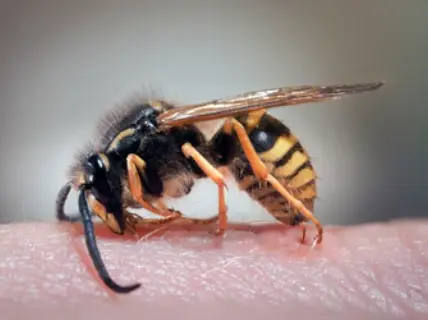 Welcome
Welcome
“May all be happy, may all be healed, may all be at peace and may no one ever suffer."
Cholangiography - Generics
Cholangiography is a medical imaging procedure used to visualize the bile ducts, which are tubes that carry bile from the liver to the small intestine. The procedure involves injecting a contrast agent (dye) into the bile ducts, which allows them to be seen on X-ray or other imaging tests.
Cholangiography can be performed using several different methods, including:
- Endoscopic retrograde cholangiopancreatography (ERCP): This procedure involves passing an endoscope (a thin, flexible tube with a camera on the end) through the mouth and into the duodenum (the first part of the small intestine) to access the bile ducts. A contrast agent is then injected into the bile ducts and X-rays are taken to visualize the ducts.
- Magnetic resonance cholangiopancreatography (MRCP): This is a non-invasive imaging test that uses magnetic resonance imaging (MRI) to create detailed images of the bile ducts without the need for contrast agents or invasive procedures.
- Percutaneous transhepatic cholangiography (PTC): This procedure involves passing a needle through the skin and into the liver to access the bile ducts. A contrast agent is then injected and X-rays are taken to visualize the ducts.
Cholangiography is used to diagnose a variety of conditions that affect the bile ducts, including blockages, strictures (narrowing of the ducts), and tumors. It can also be used to guide certain medical procedures, such as the placement of stents (tubes) to open blocked bile ducts.
Like all medical procedures, cholangiography carries some risks, including bleeding, infection, and allergic reactions to the contrast agent. Your healthcare provider will discuss the risks and benefits of the procedure with you beforehand and will take steps to minimize the risks.

Anorexia and cachexia

Insect stings

Thyrotoxicosis

B-vitamins and Zinc defic...

Mania

Strains

Ulcers

Bodyache
Cholangiography, চোলঙ্গিওগ্রাফি
To be happy, beautiful, healthy, wealthy, hale and long-lived stay with DM3S.